Citrus medica
Citrus medica
L., Sp. Pl. 782. 1753; Parker, For. Fl. Punj. ed. 1: 62. 1918 (Reprint 1973); Citrus bicolor Poit & Turpin, Promol. Franc. 2: t. 379. 1873; C. cedra Link, Handbuch 2: 346. 1831; C. limetta Risso, Ann. Mus. Hist. Nat. 20: 195. 1813.
Small evergreen tree or shrub up to 3 m tall, with straggling branches and stiff twigs; branchlets angular, glabrous, stout; thorns axillary 1.1-2 cm, long. Leaves alternate, simple; petiole 5-10 mm long, naked or margined; lamina 7-16 cm x 3-7.5 cm, oblanceolate, obovate, elliptic-ovate or ovate-lanceolate, base obtuse or rounded, apex acute or obtuse, usually emarginate, margin crenate-serrate, gland-dotted. Flowers in few-flowered axillary racemes; pedicels ca. 5 mm long. Flowers 1.5-2.8 cm x 3-3.5 cm, white or pinkish, oblong in buds, buds mostly pinkish, bisexual or male. Calyx cupulate or campanulate, glandular, 4-5 mm x ca. 7 mm, 4- or 5-lobed, lobes small. Petals 5 or 4, free, 1.7-2.3 mm x 0.3-0.5 mm, oblong or oblanceolate, pink or purplish abaxially, abaxially glandular. Stamens 30-35; filaments polyadelphous, white, 5-13 mm long, shortly pubescent; anthers ca. 4 mm long, yellowish, linear, dehiscence longitudinal. Ovary ca. 5 mm x 3 mm, 10-12-locular, cylindric; style ca. 3-4 mm long, cylindric, purplish; stigma pinkish, globose. Fruit ca. 6.5 cm x 5 cm, ovoid- oblong or obovoid, yellow, mamillate or smooth, rind thick, very aromatic, pulp scanty.
Common Names: Citron, Tangerine, Mandarin Orange; Kutla, Bara Nimbu, Galgal, Purak, Turang, Bijaura (Hindi)
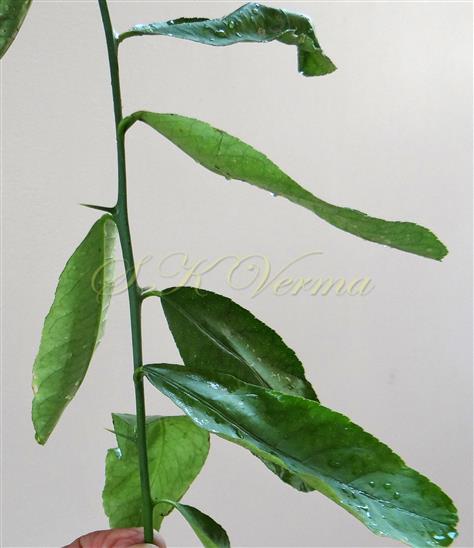
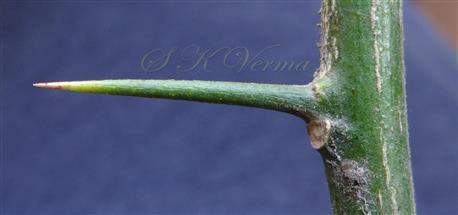
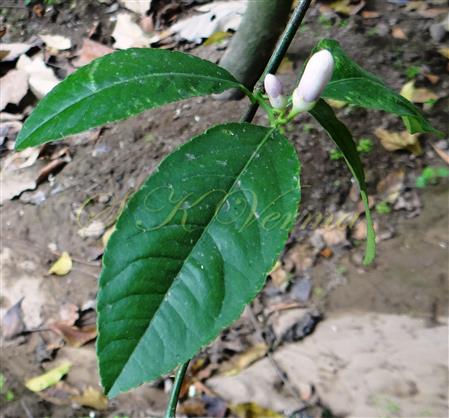
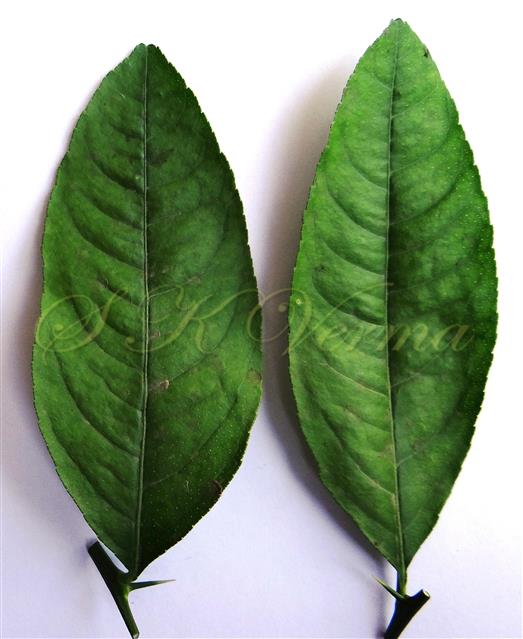
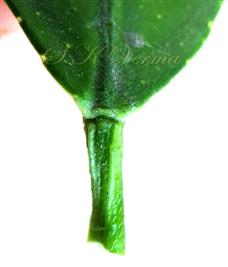
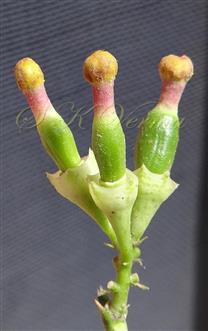
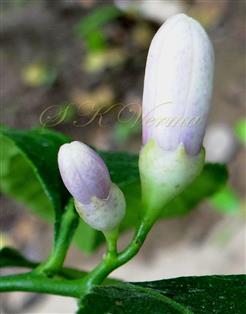
- DSC00524.jpg)
-DSC00421.jpg)
 with Calyx, Stamens and Pistillode-DSC00490.jpg)
 with Calyx, Stamens and Pistillode-DSC00492.jpg)
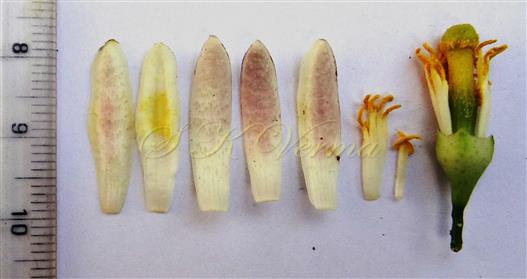
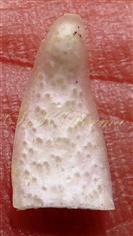
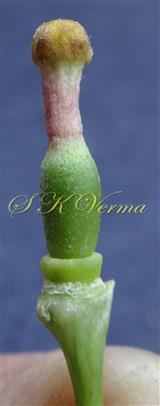

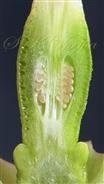
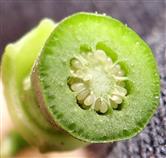
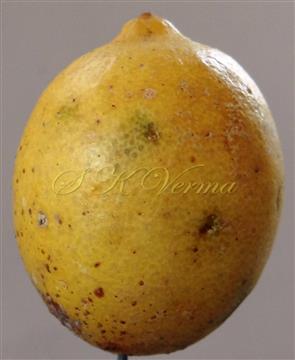








- DSC00524.jpg)
-DSC00421.jpg)
 with Calyx, Stamens and Pistillode-DSC00490.jpg)
 with Calyx, Stamens and Pistillode-DSC00492.jpg)






